Nammangsan Sculpture Park (남망산 조각공원)
Nammangsan Sculpture Park (남망산 조각공원)
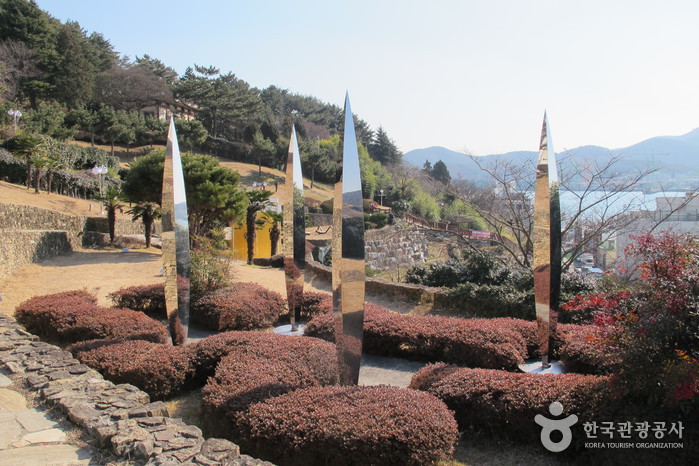 – Homepage
– Homepage
www.utour.go.kr
– Tel
+82-55-650-2620
Nammangsan Sculpture Park was established to display the works of 15 famous sculptors from 10 countries who participated in the Tongyeong International Sculpture Symposium. It is also a popular spot for dates because this 30 square kilometer land has beautiful sculptures from which visitors can feel the individual taste of the artists.
– Address : 29, Nammanggonwon-gil, Tongyeong-si, Gyeongsangnam-do
※ Presentation Information
– Information and Guides
• 1330 Travel Hotline: +82-2-1330
(Korean, English, Japanese, Chinese)
• For more info: +82-55-650-2620
– Parking
Available
– Day Off
N/A (Open all year round)
– Hiking Course
– Tour Course Information
– Available Facilities
Large auditorium, small auditorium, exhibition hall, Yechong, sculpture park, etc.
– Restrooms
Available
– Interpretation Services Offered


◎ Nearby Tourism Infobox
⊙ DPIRANG (디피랑)
View detailed guide on Korea Trip Guide →
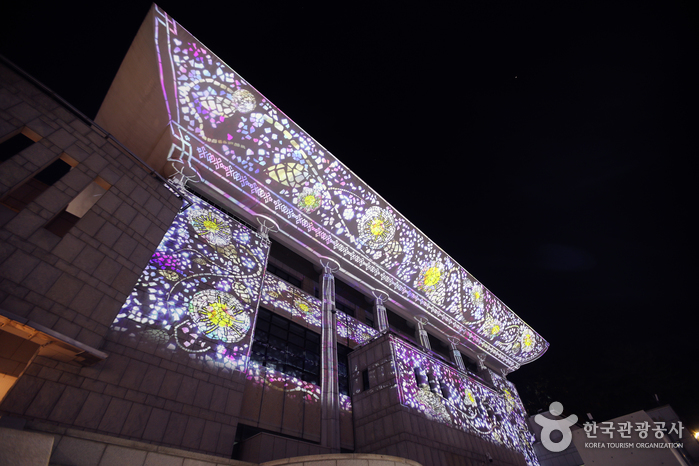
– Homepage
dpirang.com/eng
– Tel
+82-1544-3303
DPIRANG, a digital theme park, is situated at Nammangsan Park in Tongyeong. Its media show narrates the story of murals that vanished from Dongpirang and Seopirang, renowned mural villlages in Tongyeong, and have now brought to life. Additionally, the park features fifteen differently themed trails, each adorned with an array of lights, spanning a total length of 1.3 kilometers/
⊙ Daepunggwan (대풍관)
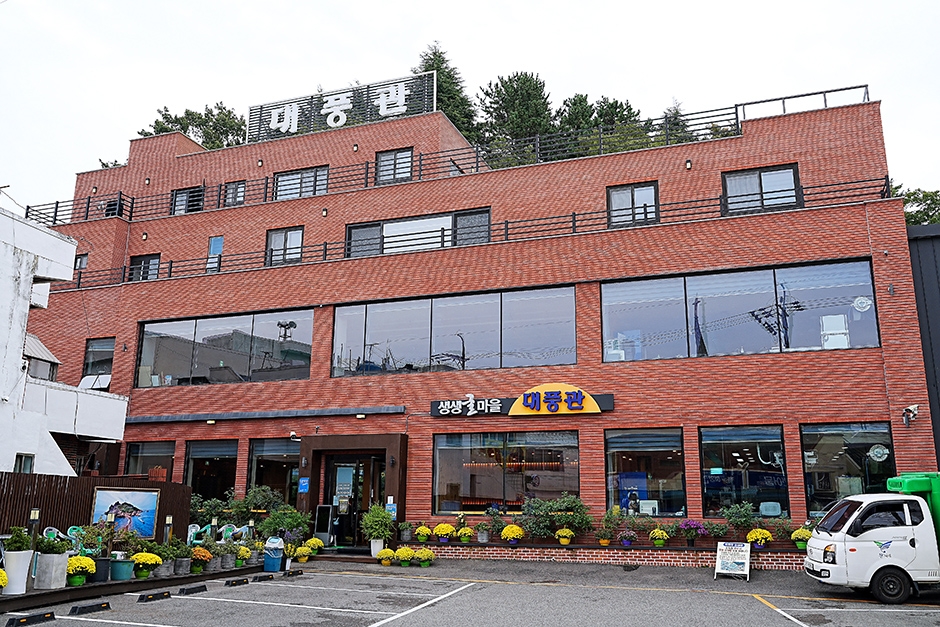
This restaurant serves seafood dishes made with fresh seafood in season. In spring, it serves sea squirt, abalone, and cutlassfish as mulhoe (cold raw fish soup), jeon (pan-fried battered dishes), sotbap (hot pot rice), and bibimbap. In fall and winter, oyster dishes take the fore. The restaurant is quite sizable, so it is ideal for group visits.
⊙ Hanmaeum Sikdang (한마음식당)
– Tel
055-645-0971
This restaurant limits its offering to 100 tables per day to ensure the freshness of its dishes. Its signature dish is the gul samhap (oyster, kimchi, and pork belly combo). It also offers guljeon (oyster pancakes), gul tangsuyuk (deep-fried oyster with sweet and sour sauce), gul eomuk (oyster and fishcake soup), and other oyster dishes.
⊙ Tongyeong Hansan Battle Festival (통영한산대첩축제)
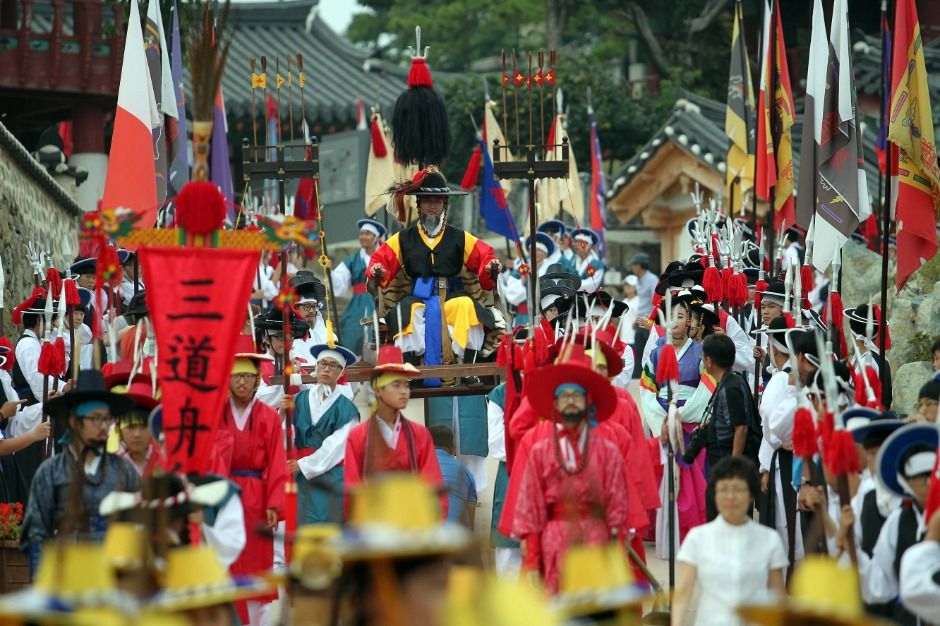
– Homepage
www.hansanf.org
– Tel
+82-55-646-1592
The Great Battle of Hansan was a war in which Admiral Yi Sun-sin and his naval forces fought against the Japanese and won a great victory off Hansando Island in Tongyeong. The Great Battle of Hansan Festival commemorates the victory and Yi’s spirit of patriotism. The festival reenacts the Samdo (Chungcheong, Jeolla, and Gyeongsang Provinces) naval guard changing ceremony and inspection, as well as the navy personnel’s march and training. The Turtle Ship and local fishing boats are set afloat off Hansando Island, lining up in the shape of a crane’s wing, which was the famous military tactic of the Great Battle. Visitors can enjoy a splendid view of fireworks over the dark sea and join in the Turtle Ship rowing competition, a popular activity that requires team effort.
◎ Crane Wing Formation
The Great Battle of Hansan was the first to use the crane wing formation in its attacks, in which ships were deployed in the shape of a crane spreading its wings.
⊙ Dongpirang Village (동피랑마을)
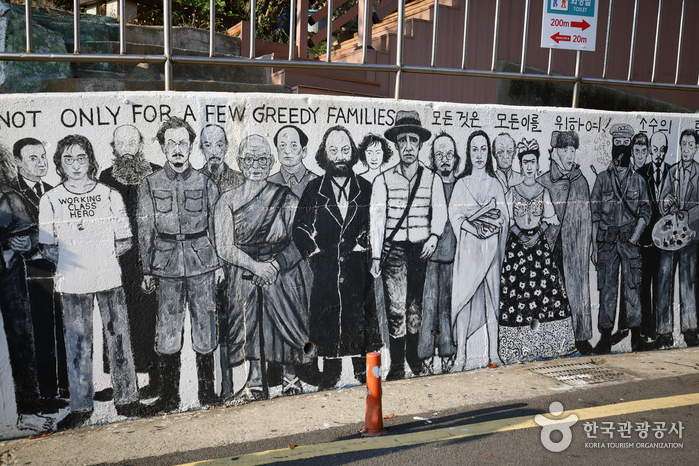
– Homepage
www.utour.go.kr
– Tel
+82-55-650-2570
The name Dongpirang is a combination of the Korean words “dong,” meaning east, and “birang,” meaning hill in the Tongyeong dialect. In October 2007, the Tongyeong Agenda 21 association invited people throughout the nation to paint murals on the walls of Dongpirang-gil Street. Thanks to the participants’ paintings, this hillside village on the sea became a new place, revitalized by art. The view overlooking the sea and Gangguan Port is fantastic as well.
⊙ Cafe Badabom (카페바다봄)

– Homepage
http://www.instagram.com/cafe_badabom
Café Badabom is located between Tongyeong Port and Gangguan Port. It is famous for its ocean view and milk ice cream. The 1st to 4th floors of the cafe are all made of glass on one side, perfect for viewing the sea of Tongyeong and the night view. The signature menu here is milk ice cream and “Sokongsokong.” Customers can order the milk ice cream either in cone or cup according to their preference. Furthermore, customers who opt for a cone can also choose between a cookie cone and a waffle cone. Sokongsokong is served on soboru ppang (Korean streusel bun) topped with milk ice cream, soybean powder, and almonds. Most of the seats face the window, making it an excellent place to chat and relax while looking at the sea.
⊙ Gangguan Port (강구안)
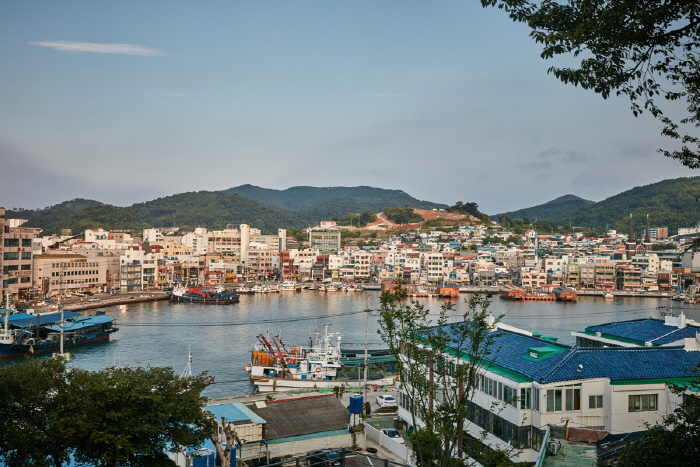
– Homepage
www.utour.go.kr
– Tel
+82-55-650-4681
Gangguan Port is located in Tongyeong close to the sea, and regarded to be more full of energy compared to other ports due to the sea waves seen close by. The port is occupied by moored fishing boats and rows of restaurants that sell Chungmu-style gimbap.
⊙ Ttungbo Halmae Gimbap (뚱보할매김밥)
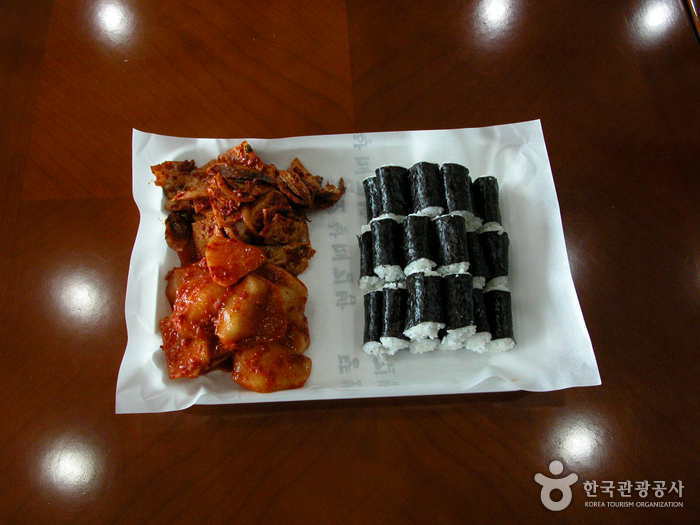
Ttungbo Halmae Gimbap, located in the Jungang Traditional Market of Tongyeong, is famous for its local delicacy, Chungmu gimbap. Chungmu gimbap originated from sailors who packed rice and fillings separately to preserve freshness during sea voyages. It consists of rice, squid salad, and radish kimchi, creating a simple yet flavorful dish. Nearby attractions include the Seopirang Park, Tongyeong Port, and Tongyeong City Museum.
⊙ Dadama Haemul Ttukbaegi (다담아해물뚝배기)

Dadama Haemul Ttukbaegi is the pride of Tongyeong and a famous restaurant where visitors can eat seafood to their heart’s content. The representative menu is haemul ttukbaegi (seafood hot pot), a dish that uses spicy red pepper powder seasoning for the spicy taste and seafood broth cooked in ttukbaegi (thick earthen pot used for hot stew or soup) with scallops, abalone, crabs, and octopus. The restaurant offers three menu sets of A, B, and C, allowing visitors to taste various dishes to suit their taste. Set A features Tongyeong’s fresh seafood menu and mainly consists of haemul ttukbaegi, grilled fish, bajirak muchim (clam salad), and meonggae bibimbap (sea pineapple bibimbap); Set B consists of haemul ttukbaegi and grilled fish; and Set C mainly features anchovy dishes. They also use seasonal ingredients, like oysters in winter.


![Waac – Shinsegae Masan Branch [Tax Refund Shop] (Waac 신세계점)](https://ktrip.blogsailing.com/wp-content/uploads/2025/11/2890969_image2_1-768x576.jpg)

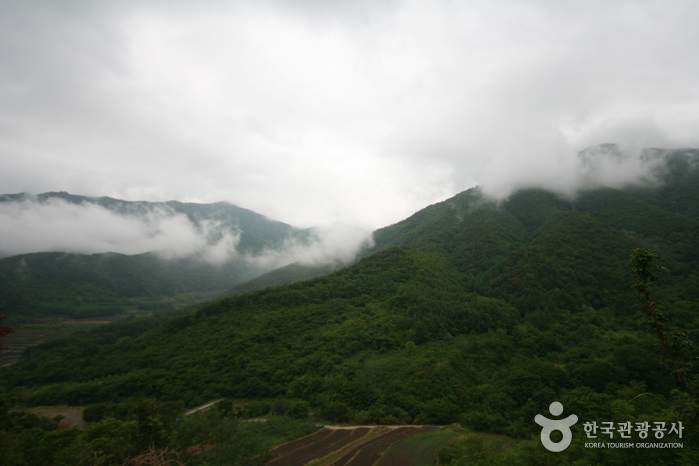
One Comment